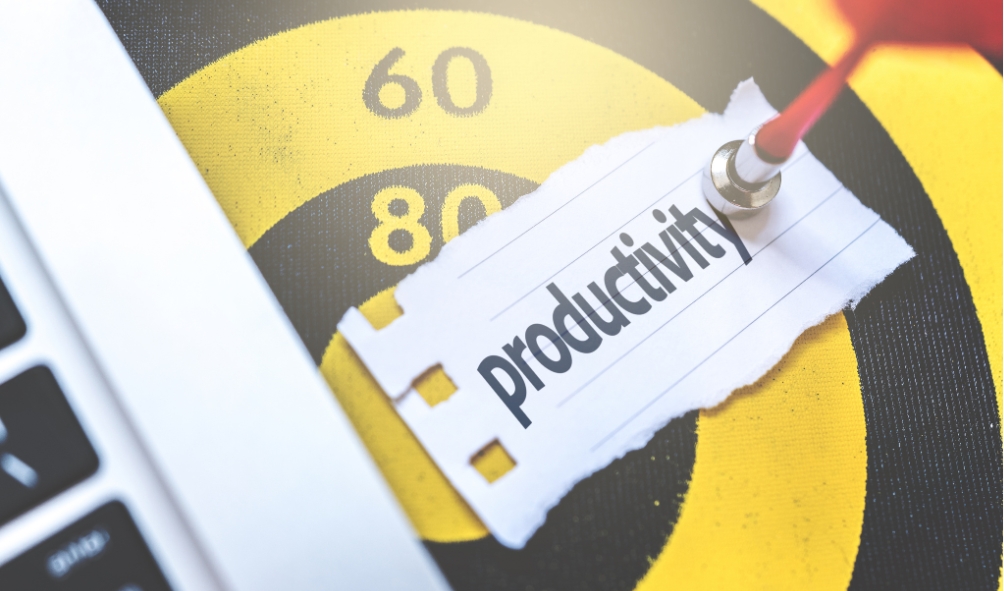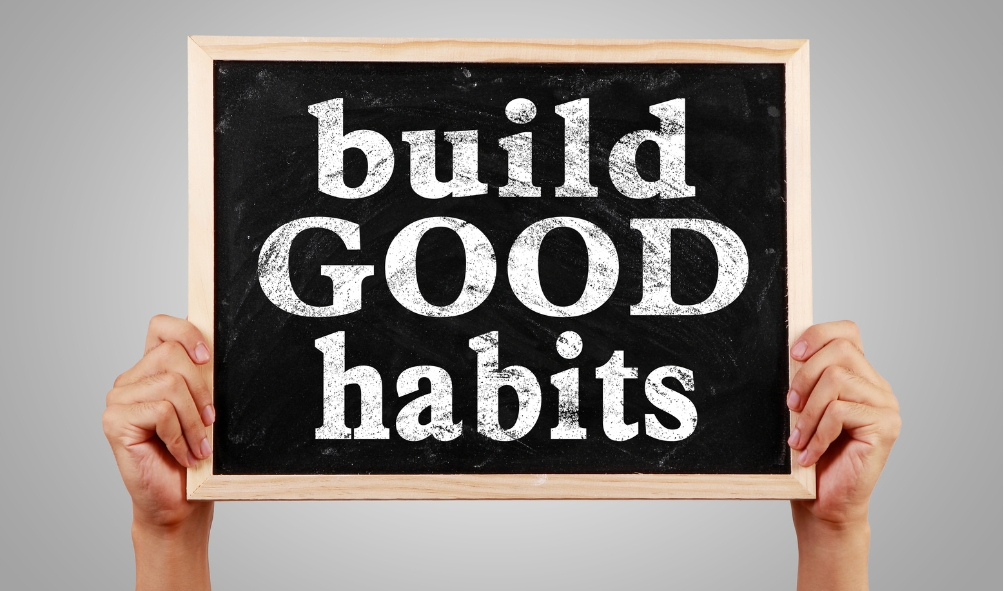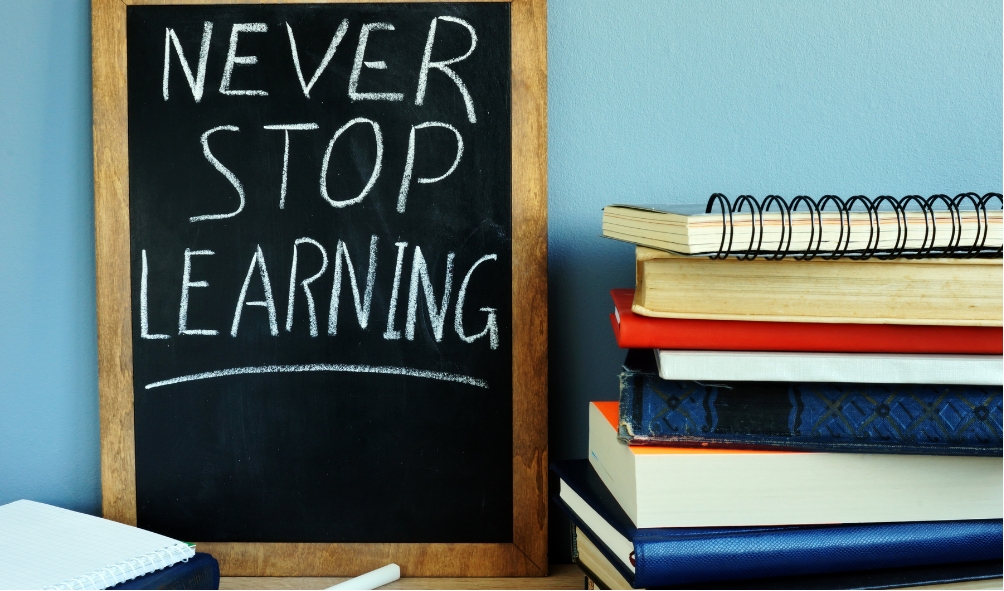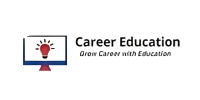
Productivity is important in our personal and professional lives. It is a key performance indicator of our ability to achieve goals and maintain personal well-being. Better Productivity means you can get more done faster and with less stress. This guide offers practical tips to help you improve Productivity and make the most of the time and energy you put into your work.
Understanding Productivity
Definition of Productivity
Productivity measures how efficiently you can accomplish things and attain goals in a certain time period. It concerns more than just being busy: it’s about trying to do the right things well and in the best way possible with respect to your time and resources.
Factors Affecting Productivity
Several factors can influence your Productivity:
Time Management: How you manage your time has a big influence on how you carry out your work. If your time management is poor, you are likely to procrastinate, not meet deadlines, and become increasingly stressed.
The environment at work: if your working environment is quiet, clean and comfortable, you can focus more easily and work more productively.
Personal Habits: The specifics of your daily habits, such as your routine, sleep patterns, and stress management.
Importance of Assessing Current Productivity Levels
Before you start implementing new strategies, take a step back to assess your current situation. What are your strengths and weaknesses? Where do you want to improve? This assessment will help you customize your productivity strategies to match your needs.
Setting Clear Goals and Priorities
Importance of Goal Setting for Productivity
Setting clear goals is a key element of good Productivity. Goals can help you focus your energy and attention on a specific outcome, which is a great way to prioritise and stay motivated. Without clear goals, you’re more likely to squander time on low-priority tasks and activities.
SMART Goals Framework
Using the SMART framework helps in setting effective goals:
Specific: Define your goal clearly. What exactly do you want to achieve?
Measurable: What will you measure to keep track of progress and also to know when you have the goal?
Achievable: Ensure the goal is realistic and attainable.
Relevant: Make sure the goal aligns with your broader objectives.
Time-bound: Set a deadline for achieving the goal.
Prioritising Tasks Using the Eisenhower Matrix
The Eisenhower Matrix: What’s urgent and important? What’s not? Task prioritisation. The Eisenhower Matrix is credited to Dwight Eisenhower, the 34th US president, who used it to make crucial decisions based on the urgency and importance of tasks. Dwight D Eisenhower, 34th president of the US, was often called ‘the greatest military leader of the 20th century’. It is said that he used a 2×2 framework for decision-making. He would assess tasks according to their urgency (How urgent is this?) and importance (How important is it?). Four options would result, corresponding to the boxes of the Eisenhower Matrix: Do first, Do later, Don’t do, Delegate.
Urgent and Important: Do these tasks immediately.
Important but Not Urgent: Schedule these tasks for later.
Urgent but Not Important: Delegate these tasks if possible.
Neither Urgent nor Important: Eliminate or minimise these tasks.
Breaking Down Large Tasks into Manageable Steps
Procrastination is a common response to large tasks. But breaking them down into smaller, more manageable steps can make them easier to start and complete. Incremental progress can also keep you motivated as you achieve each small step along the way.
Time Management Techniques

Time Blocking
Time blocking is a method of splitting your day into blocks, each with a particular schedule of tasks or things to do. It helps ensure you spend enough time on your important tasks and avoid procrastination. You can also plan your day to work more effectively.
Pomodoro Technique
The Pomodoro Technique is a time management technique that consists of breaking one’s work into intervals (usually 25 minutes) separated by short breaks. An interval is called a Pomodoro. After four Pomodoros, you took a longer break. Using this technique makes people focus on the tasks and prevent burnout. This is because the time of working and resting is balanced.
Using Digital Calendars and Planners
Digital calendars and planners, such as Google Calendar or Microsoft Outlook, can be used to schedule appointments and deadlines. You can set reminders, share your schedule with others, and access your calendar from different devices, which can help you stay organised and on track.
Avoiding Multitasking
Multitasking is harmful to your Productivity as you divide your focus and increase the probability of mistakes. One should avoid multitasking and concentrate on one task at a time to complete it in a more productive and better way.
It is always preferable to list the tasks you have available and perform them sequentially. As the saying goes, “Rome was not built in a day,” and you cannot finish all the tasks at once.
Setting Deadlines and Sticking to Them
Setting time-constrained deadlines can create a sense of urgency and focus your attention on completing a task in a particular time frame without sacrificing quality. Realistic deadlines can help. After setting your deadlines, stick to them to maintain a steady flow of work and not let tasks pile up.
Creating a Productive Work Environment
Organising Your Workspace
Organising your workspace can help you be more productive. First, clear your desk from clutter and arrange the tools and materials you need for work to make them accessible. Use drawers, shelves, and organisers to prevent scattering things around. Not only does a clean workspace diminish distraction, but it also creates a welcoming atmosphere to work in.
Minimising Distractions
The biggest time-suckers are distractions—turn off your phone and computer notifications, and if you find yourself constantly clicking from tab to tab in your browser, get the apps Freedom or StayFocusd and block yourself from the websites you visit during work hours. Schedule time to answer emails or check social media to avoid being sidetracked when you should be working.
Ergonomics and Comfort
Ergonomics is important for staying productive at work and avoiding discomfort or injury. Make sure your chair, desk, and computer setup are ergonomically sound. Your chair should support your back, your feet should be flat on the floor, and your computer screen should be fairly level with your eyes so that you are not straining your neck. A more comfortable work space will also prevent you from tiring as quickly and keep you productive for longer.
Optimising Lighting and Reducing Noise
Good lighting is a must. Natural light is best, but if that’s not an option, you’ll want to use bright, white lights that emit day-like light. Don’t use fluorescent or cubicle lighting, as these tend to cause eye strain and headaches. Noise can also be a big problem, so try to use noise-cancelling headphones or even a white noise machine.
Utilising Technology and Tools
Productivity Apps and Software
If you use productivity apps and software, you’ll be able to keep your workflow organised and efficient. Some essential tools you can use include:
Task Management Tools
Apps such as Todoist and Trello help you keep tabs on what is on your plate and can help you organise tasks and track your progress. For example, Trello has a board system that you can use to visualise your tasks and your workflow.
Time Tracking Tools
These tracking tools allow you to monitor your time and use this information to estimate how many hours a week you spend on certain tasks, identify time-wasting activities, and decide on how to better schedule your time. Such tools can help you improve your efficiency. Some of the popular time-tracking applications are Toggl and Clockify.
Note-Taking Apps
Note-taking apps such as Evernote and OneNote enable you to capture and organise ideas, meeting notes, and other information such as data or URL links. When you sync these to the cloud, they’re available on your computers and mobile devices at any time or any place. Within Evernote, you can create a notebook for each project and tag individual notes for easy search and retrieval.
Automation Tools to Streamline Repetitive Tasks
Having automation execute these tasks frees up a lot of time for you. Workflow automation tools such as Zapier and IFTTT (If This Then That) can connect apps and services so that you can automate manual tasks. Automation can help you carry out workflows such as data entry, automatic responses to emails, and social media connections. You can set up these automation routines and let them run in the background.
Digital Detox and Mindful Use of Technology
While technology offers potential as a tool to boost Productivity, it can also be a significant distraction. Practising digital detox entails being clear with yourself about when and how you use your technology to ensure it is working for you, not against you. This might mean committing to specific times of day to check email or social media or designating certain places or times as tech-free. Being mindful about the use of technology is about how you consciously use the tools at hand to do your job well.
Developing Healthy Habits

Importance of Physical Health for Productivity
How you look after your physical body affects your Productivity. When you’re feeling healthy, you have more energy and can concentrate better. Here are five habits to develop.
Regular Exercise
It is possible to boost energy levels, mood, and physical health by exercising regularly. This is especially true if you try to work out for at least five minutes each day.
Balanced Diet
Eating properly will give your body and brain the nutrients needed to perform at their best. The basic rule is to eat less processed food and more fruits, vegetables, lean proteins and whole grains.
Adequate Sleep
We all need a good night’s sleep to function properly—for thinking, remembering, and feeling healthy. Try to get the recommended 7-9 hours of sleep per night.
Mental Health Practices
Secondly, maintaining your mental health is just as crucial for your Productivity. Here are some things you might want to try:
Mindfulness and Meditation
Mindful meditation and relaxation can help overcome stress and achieve clearer focus. Taking just a few minutes per day to meditate can help you clear your mind, enabling you to approach your work with a clear mind and better concentration.
Stress Management Techniques
Therefore, to enhance our Productivity through the use of our brainpower, it is essential to keep stress and fatigue at bay. This can be achieved through a variety of useful techniques, such as deep breathing, progressive muscle relaxation, and regular breaks.
Maintaining Work-Life Balance
In my opinion, establishing a productive work-life balance is crucial for long-term Productivity and health. It is important to separate work and personal life, set limits, and have time for yourself to unwind and enjoy life. You also need to have enough energy to avoid burnout and keep motivated.
Continuous Learning and Improvement

Importance of Lifelong Learning
Lifelong learning is very important in our lives, whether for personal or professional reasons.It is important to keep updated on your skills and knowledge to stay ahead of the competition. Nowadays, people change their jobs very often due to the rapid changes in the environment.
Setting Aside Time for Skill Development
Schedule time to hone your skills and learn something new. Consider taking an online course, going to a workshop, or reading the latest industry books and articles. The more you learn, the more relevant you’ll be.
Seeking Feedback and Making Improvements
Asking co-workers, your supervisor, or clients for regular feedback will help you discern if your work is on track or whether you need to improve. While this feedback loop is useful, it is rarely sufficient. You need to use that feedback to improve your performance. This may involve tweaking your approach or fundamentally changing it. It is this cyclical process of feedback and iteration that ultimately helps you improve.
Adapting to New Methods and Technologies
Keeping your mind open to new methods and ways of working can also help you become more productive. If you are able to use new tools and techniques to make your day-to-day work easier, more efficient or more effective, then this will help you stay on track. Being responsive to change is also about being ready to adapt, and it helps keep you productive in a changing work environment.
Collaboration and Delegation
Effective Teamwork and Communication
In work, people need to work together as a team, especially in an office and those that require groups of people to work on one project; workers need to communicate with each other clearly and without any reservations so as to make sure that there is no misunderstanding. In companies, work can be completed more efficiently with regular team meetings and team members being updated on a regular basis about the task, which is crucial for the workforce to be well aware of the targets and goals of the project.
Delegating Tasks Appropriately
Delegation is an important part of workload management and productivity maximisation. Try to delegate tasks according to your team member’s strengths and areas of expertise. This is an effective way to ensure that every task is completed by the best person for the job. Delegation also leaves you free to concentrate on the most important tasks and helps to spread the workload.
Building a Supportive Network
Having a professional relationship with a supportive network of colleagues, mentors, and peers can be a great source for sharing ideas, asking for advice, and exploring new options and opportunities.
Utilising Collaborative Tools
Collaborative tools such as Slack, Microsoft Teams, and Trello can aid communication and project management. Because they allow team members to communicate and share updates, files, and feedback in real-time, they can help streamline teamwork and boost Productivity.
Conclusion
Boosting your Productivity is the easiest way to achieve your goals. You can do this by setting goals, organising your time, creating a productive environment, using technology, keeping your body healthy, never-ending learning, and working with a team. These strategies can help us run our days smoothly and make them more effective and successful. Being more productive can have long-term benefits. It makes you stress-free and contented and helps you grow. So, start applying these strategies now and transform your Productivity.
